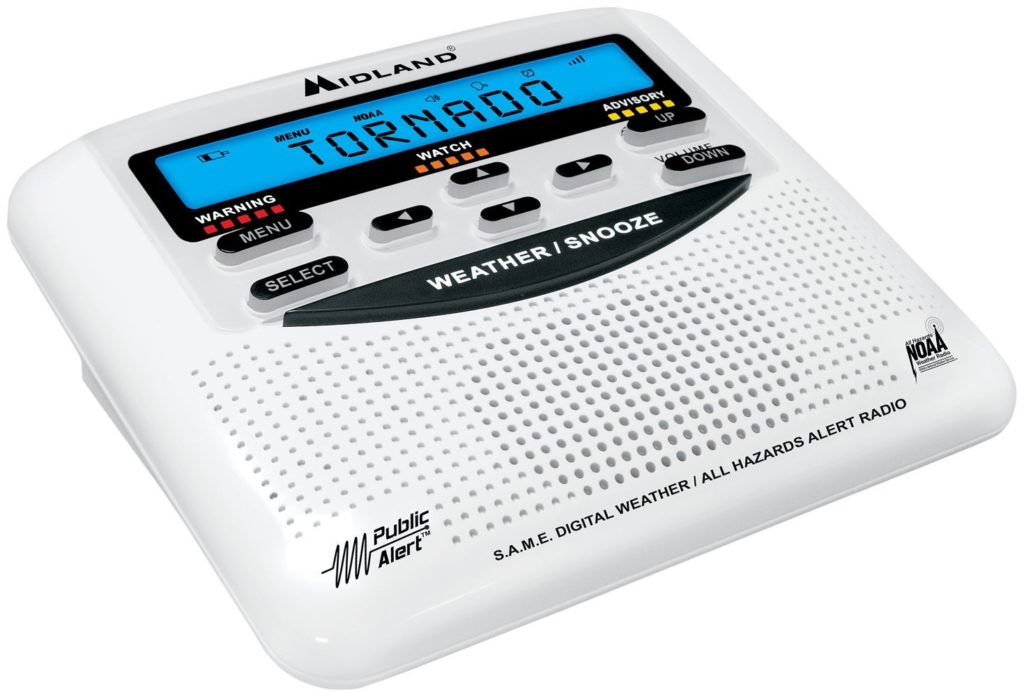
The Midland WR120 weather radio.
Many thanks to SWLing Post reader, Jim T, who writes with the following inquiry:
Wondering if you can give me some guidance re: NOAA weather radios.
We’re looking to be better prepared for disasters, bad weather etc. and have narrowed our radio candidates to CC Crane, Sangean and Kaito.
AM/FM would be nice, hand cranking and solar as well, but just want to get NOAA alerts should we have an earthquake here in the NW. Willing to spend $50-100 for something quality with relevant features to it. Your thoughts would be appreciated!
Thanks for your message, Jim. There are dozens of inexpensive weather radio models on the market, but I know a few good options based on my personal experience.
Note that all of these radios work in both the US (via NOAA) and Canada (via Environment Canada)–both countries have been using the S.A.M.E. (Specific Area Message Encoding) weather alert system since 2004.
The Midland WR120: A dedicated weather radio
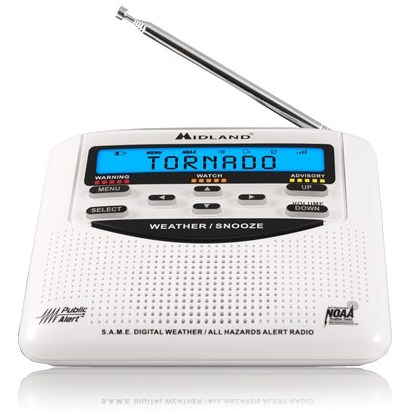
If you’re looking for a weather radio to plug in and continuously monitor weather alerts through the S.A.M.E. system, I recommend a dedicated weather radio like theMidland WR120. These radios don’t typically have AM/FM functions, but are entirely devoted to the seven weather radio frequencies in the US and Canada (162.400, 162.425, 162.450, 162.475, 162.500, 162.525, and 162.550 MHz). They plug into mains power and the better ones have battery backup in case of power outages.
I have family that own the Midland WR120. They’ve used it for years and it’s worked flawlessly. Once you set up the radio with your preferred NOAA frequency and SAME alert regions, it will alarm and automatically play NOAA weather radio alerts when they’re issued for your area. My family use this for tornado and storm alerts.
The Midland WR120 uses three AA alkaline cells for emergency power back-up. It’s very much a “set it and forget it” radio and, in my opinion, a bargain at $29.99.
As with any SAME alert radio, be aware that sometimes the alarm can be annoying. Depending on where you live and how the alert system is set up, you might get notifications for isolated weather events on the other side of your county–the S.A.M.E. system cannot pinpoint your neighborhood.
Still, I believe S.A.M.E. notifications are worth any extra inconvenience, especially if you live in an area prone to sudden storms and earthquakes.
Purchase options:
C. Crane CC Skywave: A portable shortwave radio with excellent NOAA weather reception
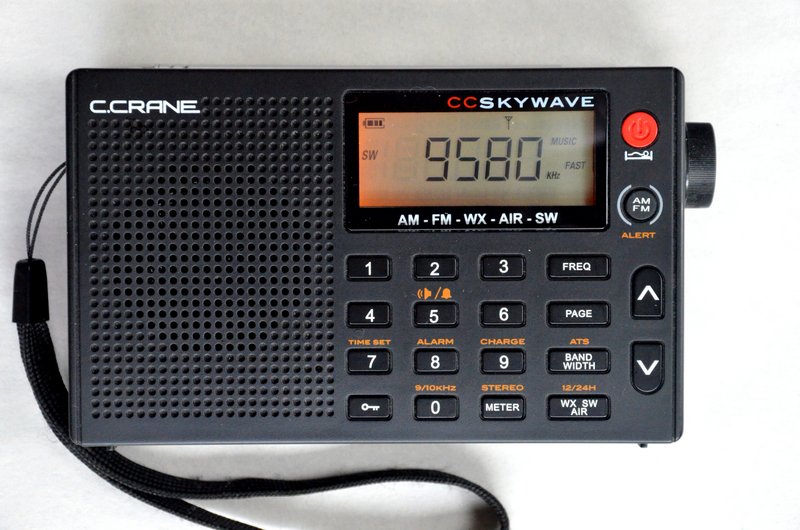
The C.Crane CC Skywave
If you’re looking for a battery powered radio to use during emergencies that has much more than NOAA weather radio, I’d recommend the C.Crane CC Skywave. Not only is it a full-fledged AM/FM/Shortwave and Air band radio, but it has exceptional NOAA weather radio reception with a weather alert function. The CC Skywave is a great radio to take on travels or keep in the home in case of an emergency. It’ll operate for ages on a set of two AA batteries, though I always keep a pack of four on standby just in case.
You can read a thorough review of the CC Skywave by clicking here. Note that C. Crane is also taking orders for their new CC Skywave SSB which is an upgraded version of the original CC Skywave and includes SSB mode, but costs $80 more than the original.
Purchase options:
C. Crane CC Solar Observer: A self-powered AM/FM NOAA weather radio
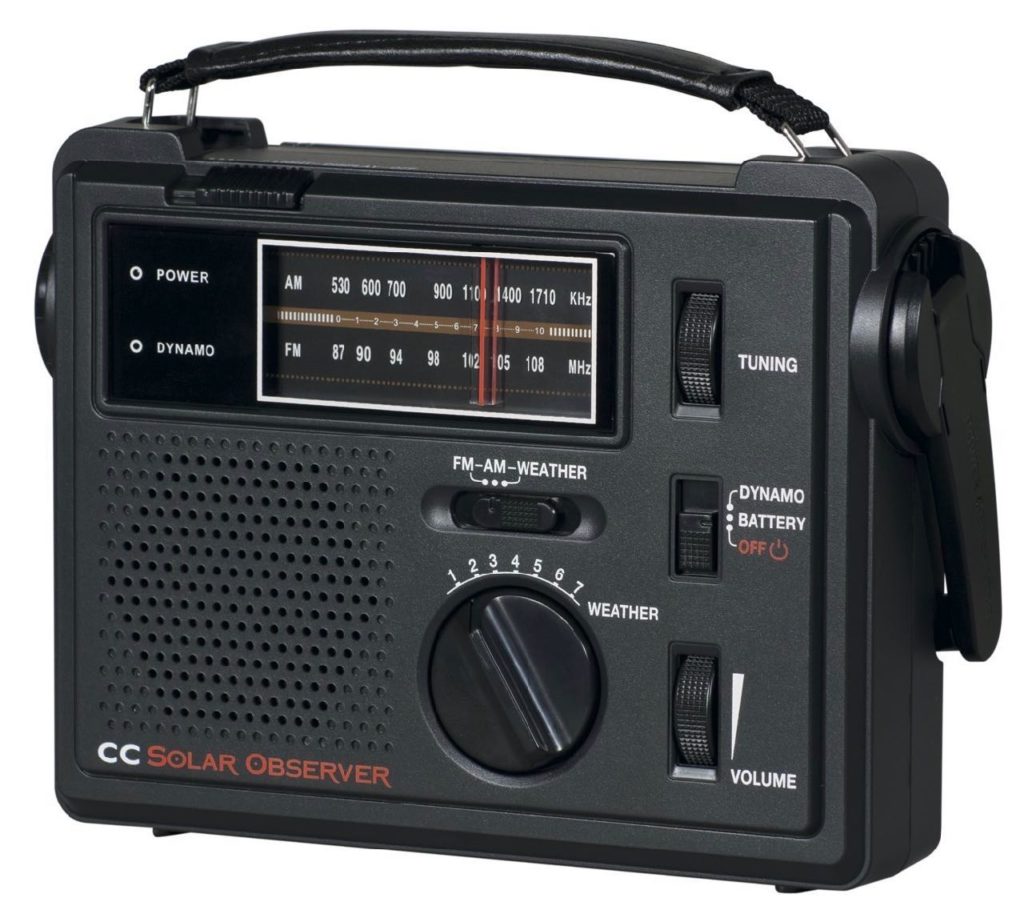
There are a number of self-powered NOAA weather radios out there, but frankly, many are very cheap and the mechanical action of the hand crank are prone to fail early.
I believe one of the best is the CC Solar Observer by C. Crane. It’s durable, and can also run on three AA cells, and is an overall great radio in terms of sensitivity on AM/FM as well. Unique in the world of self-powered radios, it also has a backlit display (which can be turned off or on)–a fantastic feature if the power is out.
Like other self-powered analog radios, the CC Solar Observer has no S.A.M.E. alert functionality.
Purchase options:
One more option: Eton self-powered weather radios
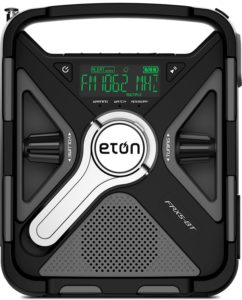
The Eton FRX5 sport weather alert, a digital display and futuristic design.
I would also encourage you to check out the wide selection of self-powered weather radios through Eton Corporation.
Many are digital and even have S.A.M.E. weather alerts. I haven’t commented on performance since I haven’t personally tested the 2016 and later models.
Eton typically packs a lot of features in their self-powered radios–having manufactured them for well over a decade, they’ve implemented iterative improvements along the way.
I have tested previous models extensively.
I particularly like the Eton FRX5 although being a digital radio, you get less play time per hand-powered crank–that’s why I prefer analog self-powered radios. The CC Solar Observer, for example, will yield roughly 40 minutes of listening time (at moderate volume levels) on 2-4 minutes of cranking.
Still, if charged fully in advance, I’m sure the FRX5 will play for hours. Note that using S.A.M.E. functionality in standby mode will deplete batteries more quickly.
Click here to view Eton’s full Red Cross radio line on the Eton Corporation website.
Any other recommendations?
Post readers, if I’ve omitted a worthy receiver, please comment with your recommendation.
I hope this helps with your decision, Jim! Thanks for the question!
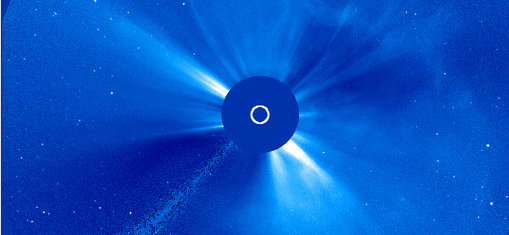

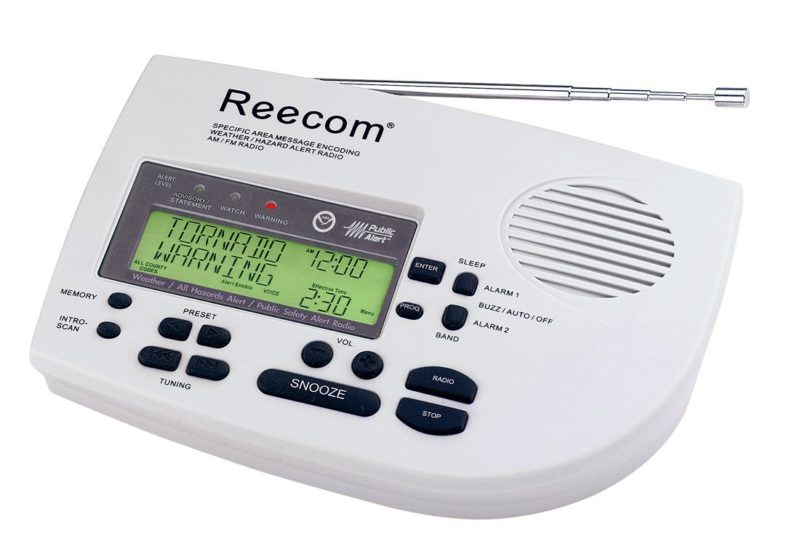








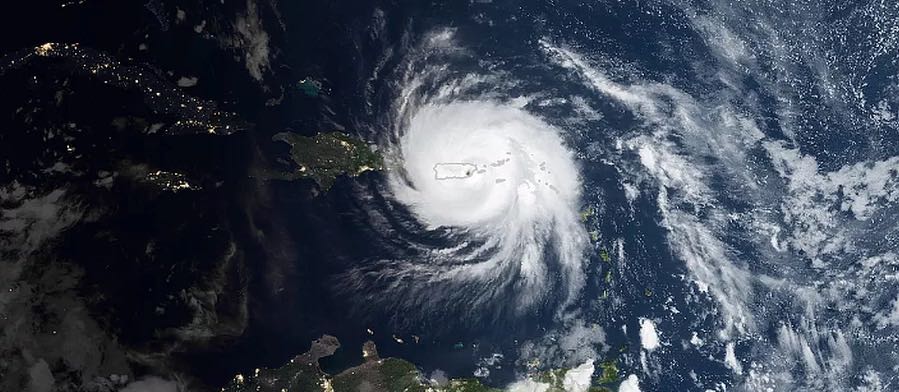
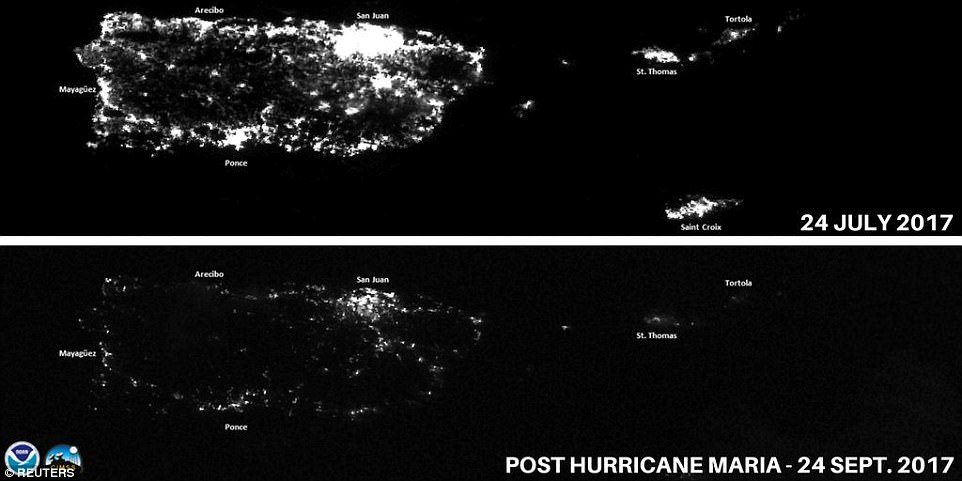
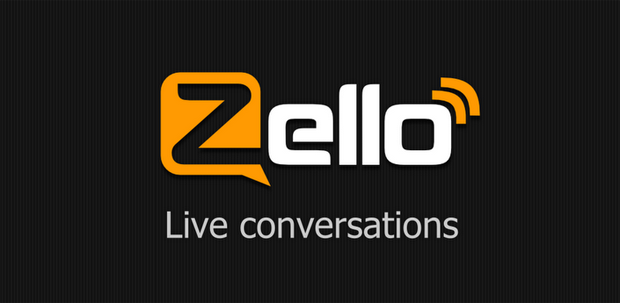
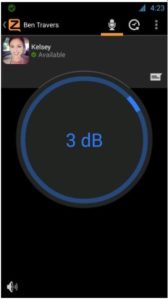 As Hurricane Harvey dropped anchor over Southeast Texas last week, Zello became the go-to app for rescuers working to save thousands of people trapped by floodwaters.
As Hurricane Harvey dropped anchor over Southeast Texas last week, Zello became the go-to app for rescuers working to save thousands of people trapped by floodwaters.